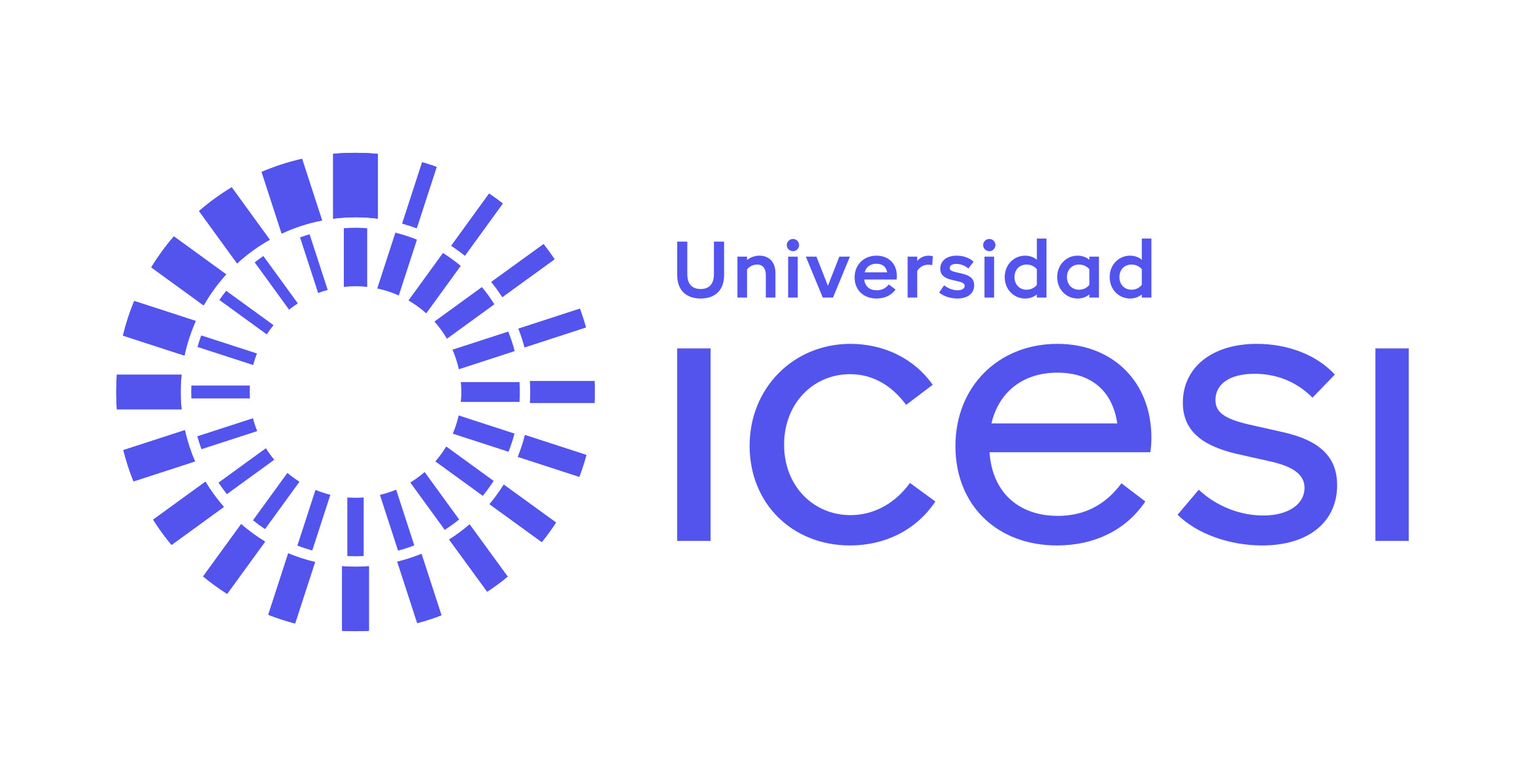La compra de pintura por parte del maestro de obra: elementos cognitivos, afectivos, conductuales y de entorno
Fecha
Autores
Director de tesis/Asesor
Título de la revista
ISSN de la revista
Título del volumen
Publicador
Editor
Compartir
Resumen
Despite its strong positioning, the brand Pintuco has lost market share in Colombia during recent years. This work offers elements to improve this situation through the strengthening of the painters’ loyalty to Pintuco, given their role as influence factor throughout the entire process of paint purchase. The painters are a major influence in this process, and usually recommend and purchase materials themselves. The aim of this study is to identify factors that influence the purchasing behavior of this consumer group through the study of his motivations and relationship with paint at a cognitive, affective, behavioral and environmental level, using techniques such as Zaltman metaphor elicitation technique, the means-end chain technique and ethnographic observation. It was found that the painter sees himself as an artist and an expert relying on materials like paint for high quality work; it was also found that he wants to share his knowledge with their colleagues and assistants. The core values associated with painting and paint work were identified, such as the recognition by customers, credibility, and stability generated to the painter’s family through the pursuit of more customers. It was also found that, despite not being mentioned as a factor during the interviews, there is a high interest in the price at the point of sale. Three strategies are proposed to build loyalty to the group of painters leveraged on their expertise and desire for recognition, family stability and credibility: the Pintuco Painter’s School, the Recommended Pintuco Painter, and the Pintuco Certified Point of Sales.

